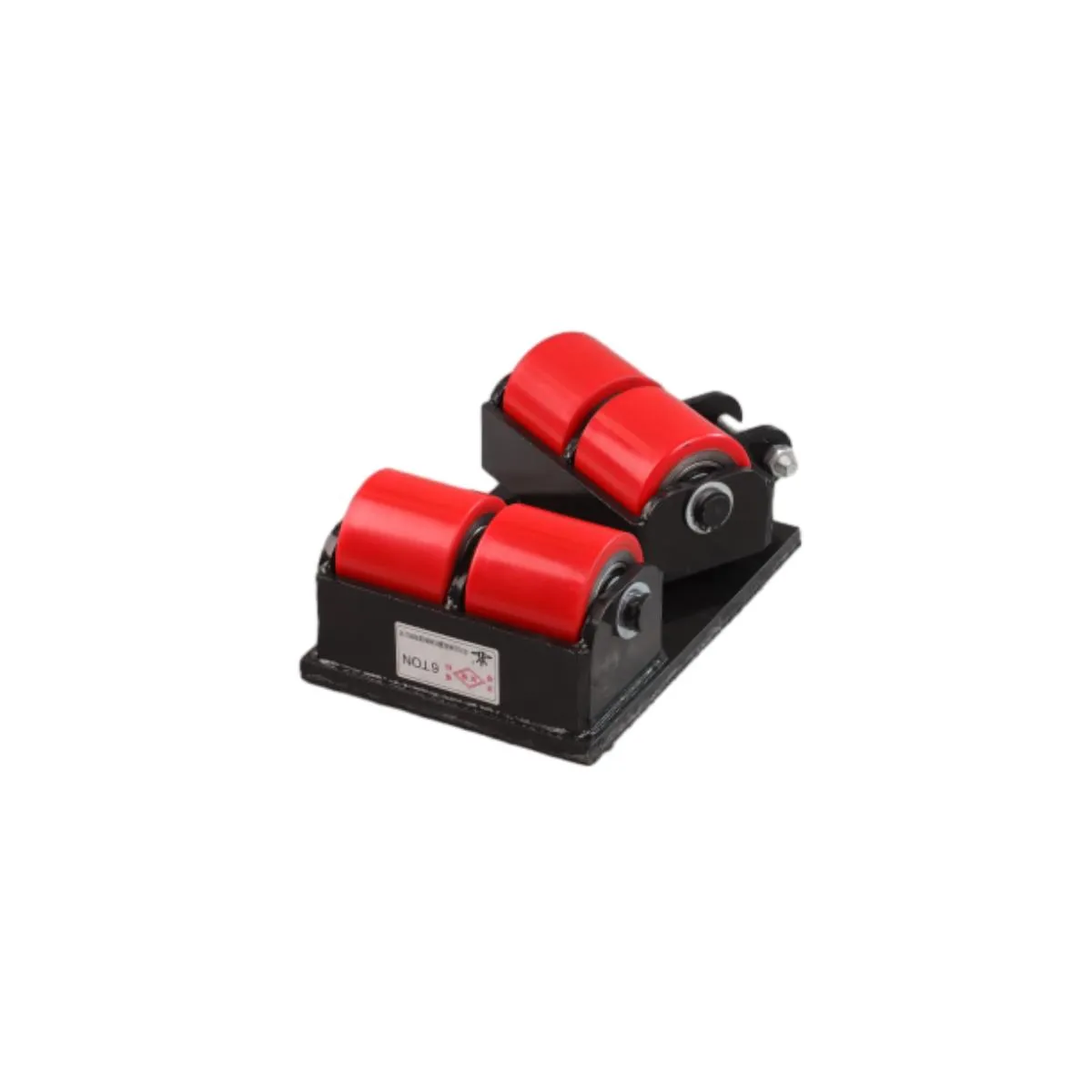Jul . 10, 2024 11:39
Back to list
Moving large machinery and equipment to a new location with precision and efficiency.
When it comes to moving big equipment, proper planning and preparation are key to a successful and safe relocation. Whether you are moving heavy machinery, industrial equipment, or large appliances, there are several important factors to consider to ensure a smooth and efficient move.
First and foremost, it is essential to assess the size and weight of the equipment you will be moving. This will help you determine the type of moving equipment, such as cranes, forklifts, or flatbed trucks, that will be needed to transport the items safely. It is also important to consider any special requirements or challenges that may arise during the moving process, such as narrow doorways, steep inclines, or tight spaces.
Once you have determined the specific requirements for moving your equipment, it is important to create a detailed moving plan. This plan should outline the logistics of the move, including the timeline, equipment needed, and any special instructions for handling the equipment. It is also a good idea to designate a team of trained professionals to assist with the move to ensure everything is handled safely and efficiently.
Next, it is important to ensure that the equipment is properly secured and packaged for transport. This may involve using straps, chains, or other securement devices to prevent the equipment from shifting or falling during transit

moving big equipment. It is also important to consider the weight distribution of the equipment and ensure that it is evenly distributed to prevent tipping or other accidents. During the move, it is important to communicate effectively with all team members involved in the process. This includes providing clear instructions and updates throughout the move to ensure that everyone is on the same page and working together towards a successful outcome. It is also important to monitor the progress of the move and make adjustments as needed to address any issues that may arise. Finally, once the equipment has been successfully moved to its new location, it is important to conduct a thorough inspection to ensure that everything is in working order. This may involve testing the equipment, checking for any damage or issues, and making any necessary repairs or adjustments. By taking the time to properly inspect the equipment, you can ensure that it is ready for use and will continue to perform at its best. In conclusion, moving big equipment requires careful planning, preparation, and teamwork to ensure a successful and safe relocation. By considering the size and weight of the equipment, creating a detailed moving plan, securing the equipment properly, communicating effectively with all team members, and conducting a thorough inspection after the move, you can help ensure a smooth and efficient move that minimizes the risk of damage or accidents.

moving big equipment. It is also important to consider the weight distribution of the equipment and ensure that it is evenly distributed to prevent tipping or other accidents. During the move, it is important to communicate effectively with all team members involved in the process. This includes providing clear instructions and updates throughout the move to ensure that everyone is on the same page and working together towards a successful outcome. It is also important to monitor the progress of the move and make adjustments as needed to address any issues that may arise. Finally, once the equipment has been successfully moved to its new location, it is important to conduct a thorough inspection to ensure that everything is in working order. This may involve testing the equipment, checking for any damage or issues, and making any necessary repairs or adjustments. By taking the time to properly inspect the equipment, you can ensure that it is ready for use and will continue to perform at its best. In conclusion, moving big equipment requires careful planning, preparation, and teamwork to ensure a successful and safe relocation. By considering the size and weight of the equipment, creating a detailed moving plan, securing the equipment properly, communicating effectively with all team members, and conducting a thorough inspection after the move, you can help ensure a smooth and efficient move that minimizes the risk of damage or accidents.
Latest news
-
Unlock Seamless Relocation with Our Heavy Equipment Moving ExpertiseNewsJun.06,2025
-
Unleash Unrivaled Flexibility with Our Adjustable Gantry CraneNewsJun.06,2025
-
Unleash Heavy-Duty Efficiency with Our Industrial Gantry Crane SolutionsNewsJun.06,2025
-
Revolutionize Steel Handling with Our Magnetic Lifter RangeNewsJun.06,2025
-
Master Equipment Mobility with Premium Machinery Mover SolutionsNewsJun.06,2025
-
Elevate Your Material Handling with Magnetic Lifter TechnologyNewsJun.06,2025
-
YS Permanent Lifting Magnets: The Smarter Way to Handle SteelNewsMay.22,2025
